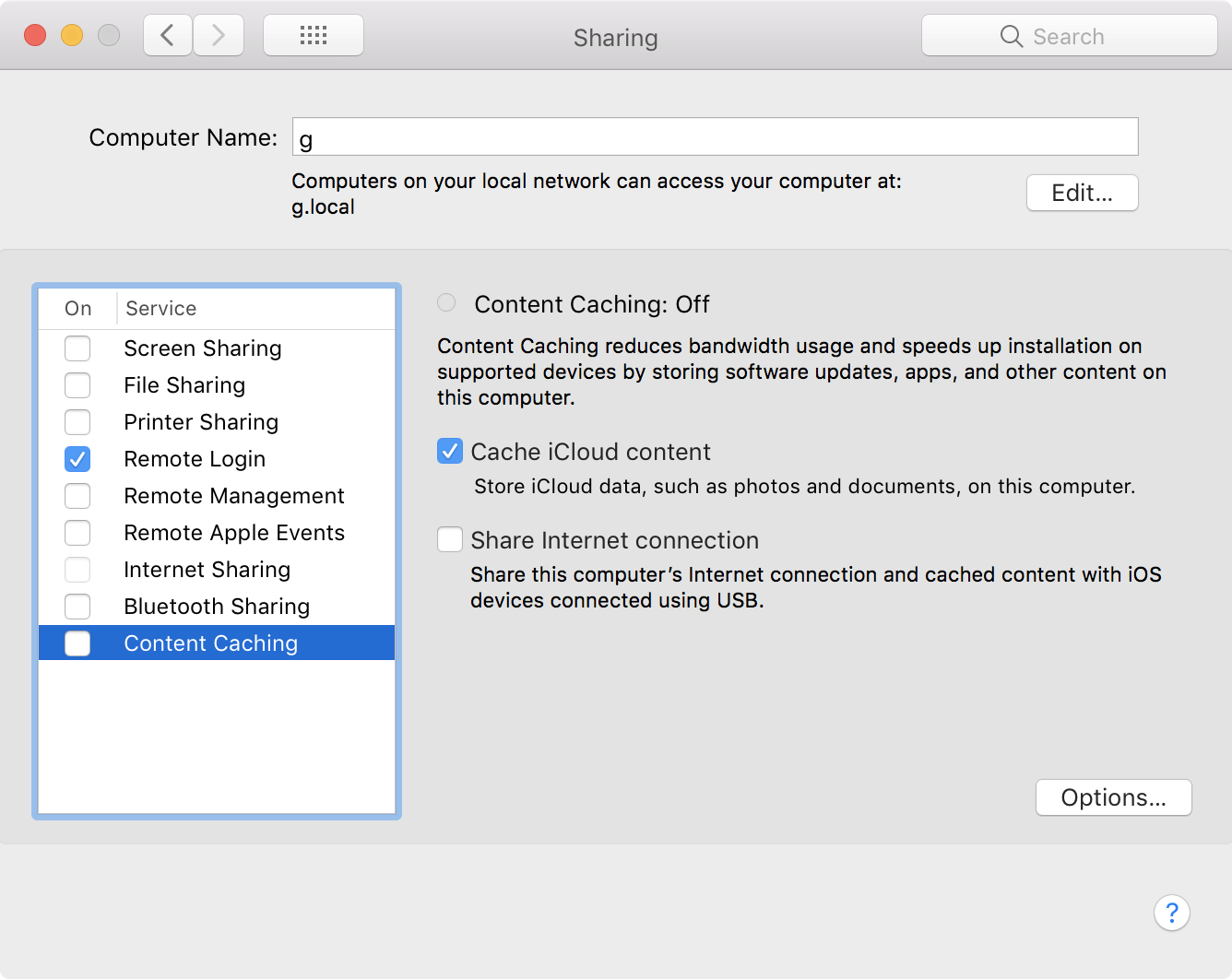

But this is just an example of DNS cache in Windows system. There are too many DNS records on my system. The ipconfig /displaydns result is like this. Now type “ipconfig /displaydns” to view DNS cache and records.Type “ cmd” and press enter to open the command prompt.To view DNS cache on Windows systems, just type “ipconfig /displaydns” in command prompt. Related: Install and Configure DNS Server on Windows Server. It works the same on all Windows operating systems, but different on various macOS and Linux distributions. To flush DNS cache just follow the step by step guide. Most prominently, it translates more readily memorized domain names to the numerical IP addresses needed for locating and identifying computer services and devices with the underlying network protocols.Ĭlear and Flush DNS Cache with the command line:

It associates various information with domain names assigned to each of the participating entities. The Domain Name System ( DNS) is a hierarchical decentralized naming system for computers, services, or other resources connected to the Internet or a private network. Just open the command line interface and dump the correct DNS cache then remove it. The flush DNS command is the tool you need to clear and flush DNS cache. You can do it with the command line in command prompt and Windows Powershell and Terminal on macOS systems. To flush DNS cache, you need to clear DNS records from your system. When a system DNS works for a long time, it saves many records that cause DNS works slowly or not working correctly.


 0 kommentar(er)
0 kommentar(er)
